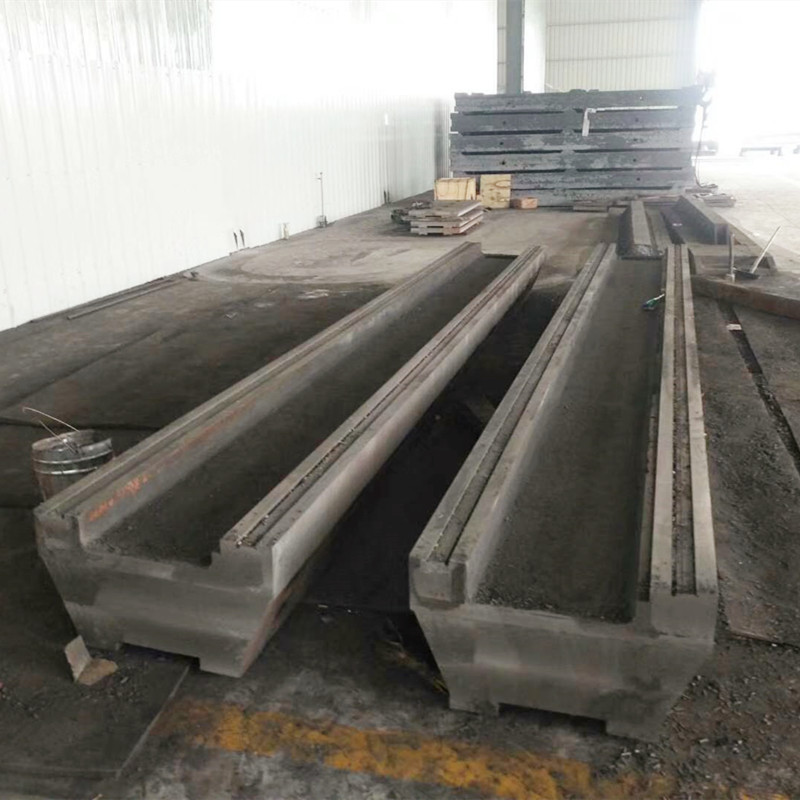វិច្ឆិកា . 15, 2024 16:16 Back to list
ball valve body types
Understanding Ball Valve Body Types
Ball valves are essential components in a variety of industrial applications, known for their reliability and efficiency in controlling fluid flow. One of the key aspects of a ball valve that directly affects its performance characteristics is the valve body type. Understanding the different types of ball valve bodies can help engineers and operators select the right valve for their specific applications.
1. Floating Ball Valve
The floating ball valve is one of the most common types of ball valves. In this design, the ball is not fixed in place but instead floats between the sealing rings. When the valve is closed, the pressure from the system pushes the ball against the downstream seat, ensuring a tight seal. This type of ball valve is particularly effective for low to moderate pressure applications and is widely used in the water and oil industries. Its simplicity in design also makes it a cost-effective option.
2. Trunnion Mounted Ball Valve
In contrast to the floating ball design, the trunnion mounted ball valve has a ball that is anchored by trunnions, which are fixed support structures. This design helps manage higher pressures and larger size valves, as it prevents the ball from floating and allows it to rotate smoothly. Trunnion mounted ball valves are commonly used in high-pressure applications, such as in natural gas, petrochemical plants, and other processes requiring rigorous control over the flow.
3. Split Body Ball Valve
ball valve body types

Split body ball valves are designed with two or more parts that can be easily disassembled for maintenance or inspection. This makes them an excellent choice for applications where regular servicing or cleaning is necessary. The split body design allows access to the inner workings of the valve without removing it from the pipeline, minimizing downtime and operational disruption.
4. Single Body Ball Valve
Unlike the split body design, the single body ball valve is manufactured as a single piece. This construction provides increased pressure retention and a lower risk of leakage, making it a sturdy option for a range of applications. Single body valves are generally simpler and less costly to manufacture, making them a popular choice for many industries, including food processing and pharmaceuticals, where hygiene and safety are paramount.
5. Three-Piece Ball Valve
Three-piece ball valves have three distinct components two end pieces and a middle body, which houses the ball. This configuration allows for easy access to components for maintenance without disturbing the piping system. Three-piece ball valves are beneficial in situations where the valve needs to be replaced or serviced frequently, providing flexibility and convenience.
Conclusion
Selecting the right ball valve body type is crucial for ensuring optimal performance in fluid control applications. Each type, from floating and trunnion mounted designs to split, single, and three-piece configurations, offers unique advantages suited to specific conditions and requirements. By understanding these differences, engineers and operators can make informed decisions, ultimately leading to increased efficiency and reliability in industrial processes.
-
Understanding Different Valve Types in Wholesale ProcurementNewsJul.09,2025
-
Type of Strainer Maintenance Tips for LongevityNewsJul.09,2025
-
Measuring Tool Basics for EngineersNewsJul.09,2025
-
Level Ruler Maintenance TipsNewsJul.09,2025
-
Key Features of Different Types of Butterfly Valves for SaleNewsJul.09,2025
-
Features of Granite Inspection BlockNewsJul.09,2025
Related PRODUCTS









